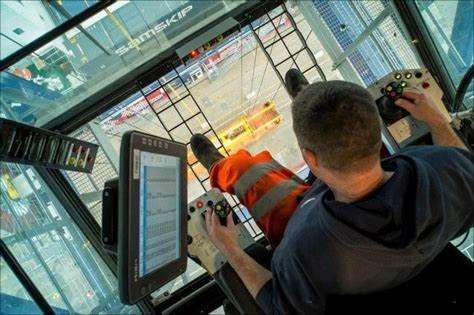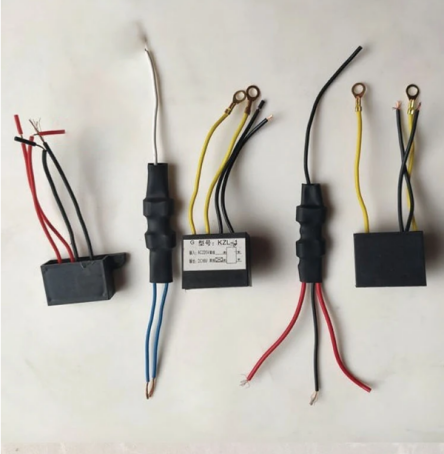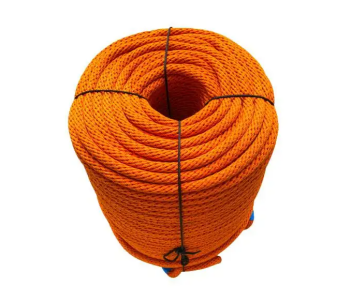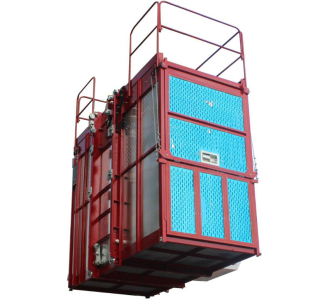Gears and racks are fundamental mechanical components that play a crucial role in converting rotary motion into linear motion and vice versa. This guide will delve into the intricacies of these essential elements, exploring their working principles, various types, applications, and crucial installation considerations. Whether you’re a seasoned engineer or a curious enthusiast, this comprehensive overview will provide valuable insights into the world of gears and racks.

How do Gears and Racks Work?
At its core, a gear-rack system operates on the principle of meshing teeth. A gear, a rotating wheel with teeth on its circumference, engages with a rack, a linear component with teeth along its length. When the gear rotates, its teeth interact with the rack’s teeth, causing the rack to translate linearly. Conversely, if the rack is moved linearly, it will cause the gear to rotate.
This simple yet effective mechanism finds widespread application in various industries, from automotive steering systems to industrial machinery. The key to efficient operation lies in precise tooth geometry, ensuring smooth and consistent motion transmission.
Types of Gears and Racks
Gears and racks exhibit a wide range of variations, each tailored to specific applications and performance requirements. Here’s a breakdown of the key classifications:
By Tooth Profile:
- Involute Gears: The most common type, characterized by a specific curve (involute) for the tooth profile. This design ensures constant velocity ratio throughout the meshing cycle.
- Cycloidal Gears: Employ a cycloidal curve for the tooth profile, offering smoother operation and reduced noise compared to involute gears.
- Crossed Helical Gears: Feature helical teeth that intersect at an angle, providing smoother and quieter operation than spur gears.
By Tooth Trace:
- Spur Gears: Have straight, parallel teeth, suitable for applications requiring simple and direct motion transmission.
- Helical Gears: Feature teeth that are angled along the gear’s axis, resulting in smoother and quieter operation compared to spur gears.
- Bevel Gears: Have conical teeth, used to transmit power between shafts that intersect at an angle.
By Manufacturing Process:
- Cut Gears: Manufactured using cutting tools, offering high precision and accuracy.
- Hobbed Gears: Produced using a rotating cutter (hob), a cost-effective method for mass production.
- Molded Gears: Created using plastic injection molding, suitable for low-load applications.
By Precision Grade:

- Precision Gears: Manufactured to stringent tolerances, ensuring high accuracy and smooth operation.
- Commercial Gears: Offer a balance between cost and performance, suitable for general industrial applications.
- Utility Gears: Designed for less demanding applications, prioritizing affordability over extreme precision.
By Structure:
- Single-Stage Gears: Involve a single pair of gears, providing a specific gear ratio.
- Compound Gears: Utilize multiple pairs of gears, enabling higher gear ratios and more complex motion transmission.
- Planetary Gears: Employ a central sun gear surrounded by planetary gears, offering compact designs and high torque output.
Applications of Gears and Racks
The versatility of gears and racks makes them indispensable in a wide array of industries and applications:
Heavy Machinery: In cranes, excavators, and other heavy machinery, gears and racks are widely used in crucial components like lifting systems and transmission systems. They can withstand enormous loads and ensure the stable operation of mechanical equipment.

Industrial Applications: Gears and racks are extensively used in various industrial machinery, including industrial robots, CNC machine tools, lifting equipment, ships, and automobiles. These machines require stable operation and precise positioning, which gears and racks can effectively provide. Their simple structure, smooth transmission, and ability to withstand high loads and high-speed motion make them ideal for such applications.
Aerospace: Gears and racks play a vital role in the aerospace industry. They are used in components like aircraft engines, landing gear, and wings. In the complex environment of high speed, high temperature, and high pressure, gear and rack transmissions guarantee the reliability and stability of mechanical transmission, ensuring the safe operation of aircraft.
Medical Devices: Gears and racks also have important applications in medical equipment. For example, electric surgical beds and X-ray machines require gear and rack transmissions for precise positioning and movement. These devices demand high precision and smooth motion, which gears and racks can effectively meet.
Machining Equipment: In machining equipment, gears and racks are used to achieve precise feed and transmission, ensuring processing accuracy and efficiency. Specific applications include CNC machine tools, milling machines, drilling machines, lathes, and factory automation quick transfer mechanisms and robot arm gripping mechanisms.
Textile Machinery: In the textile industry, gears and racks are used to control yarn tension, tension, and conveying, ensuring uniform distribution of yarn during the textile process and improving the quality of textiles.

Precautions for Installing Gears and Racks
Proper installation is crucial for ensuring optimal performance and longevity of gear-rack systems:
- Installation Precautions: Hammering should never be used to install gears, as this may damage the gear or its surface.
- Pre-use Inspection: Before use, check if the gear rotates smoothly and evenly along its entire length. If there is any jamming or significant imbalance, inspect the installation for any errors.
- Center Distance Maintenance: In a pair of meshing gears in the same transmission system, the center distance must remain constant. Otherwise, the transmission ratio will be affected, and the gears may not mesh properly.
- Cleaning Before Disassembly: Before disassembling gears, remove any debris around the gears to prevent it from entering the gear cavity.

Gears and racks are fundamental mechanical components that play a vital role in modern technology. By understanding their working principles, various types, and key considerations for installation, engineers and technicians can effectively design, select, and implement these components in a wide range of applications.
CPTC offers a variety of racks and pinions to meet your specific needs. We also provide custom manufacturing services. Contact us to discuss your requirements, and we will assist you in finding the ideal gear and rack solution.
Related Products
What Are the Signs That a Construction Hoist Needs Repair?
Brake Rectifier Modulek
Compact Size
Convenient Wiring
Durable Heat Sink Material
Stable Performance





